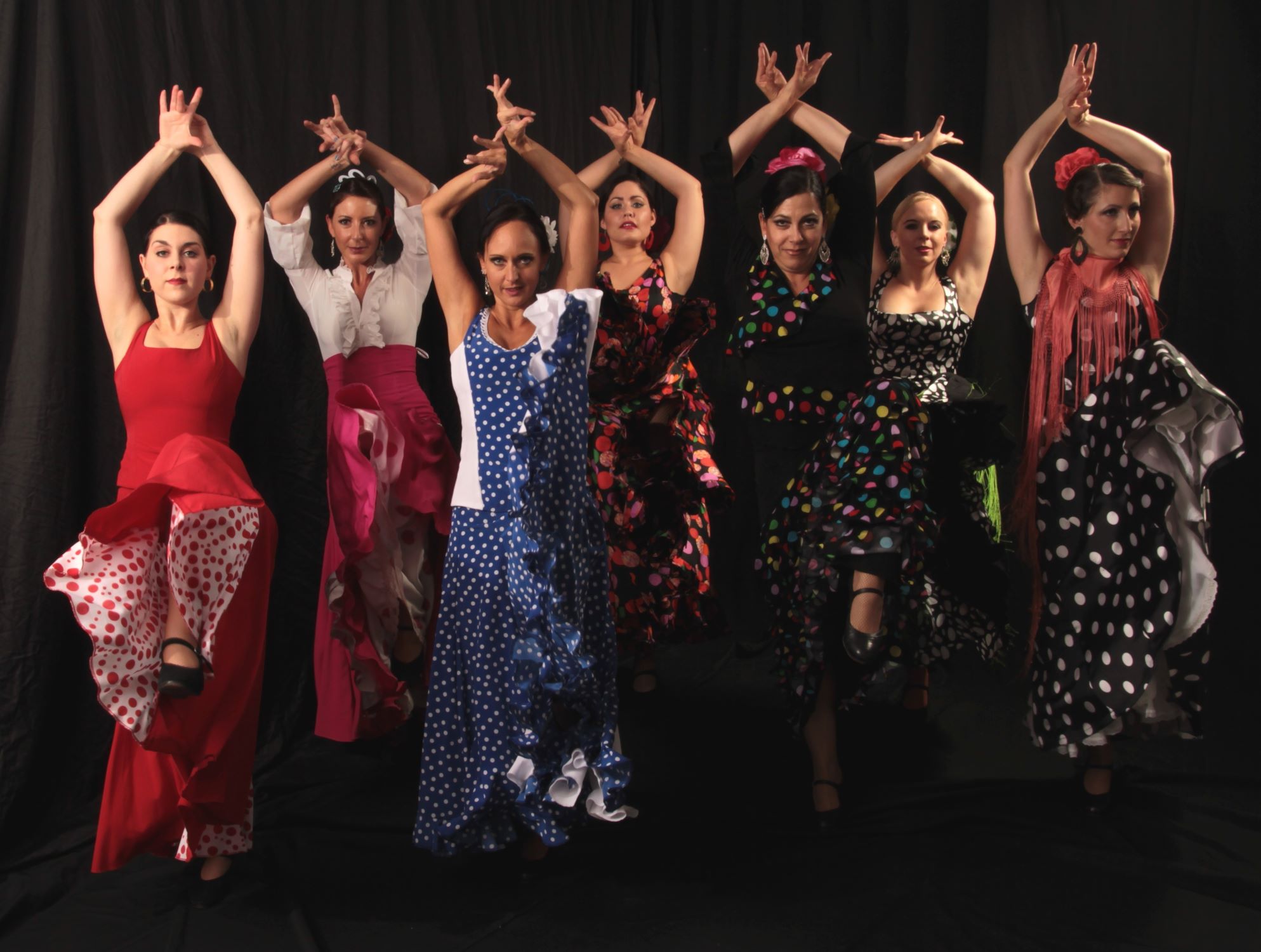Hidden Gems Of Traditional Spanish Dances

Have you ever wondered about the hidden gems of traditional Spanish dances? Spain boasts a rich tapestry of dance styles, each with its own unique flair and history. From the passionate Flamenco of Andalusia to the lively Sardana of Catalonia, these dances offer a glimpse into the heart and soul of Spanish culture. Imagine the rhythmic clapping, the vibrant costumes, and the intricate footwork that tell stories of love, struggle, and celebration. Whether you're a dance enthusiast or just curious about different cultures, exploring these traditional dances can be a fascinating journey. Let's dive into the world of Spanish dance and uncover its many treasures.
Flamenco: The Soul of Andalusia
Flamenco, a passionate and expressive dance, originates from the Andalusian region. Known for its intricate footwork, hand clapping, and guitar music, Flamenco captures the heart and soul of Spanish culture.
Seville: The birthplace of Flamenco, Seville hosts numerous Flamenco shows and festivals. The Bienal de Flamenco, held every two years, is a must-see event for Flamenco enthusiasts.
Granada: Famous for its Sacromonte caves, Granada offers an authentic Flamenco experience. Watch a performance in one of these caves for an unforgettable night.
Madrid: While not in Andalusia, Madrid boasts some of the best Flamenco tablaos (venues) in Spain. Corral de la Morería is one of the most renowned.
Sardana: The Circle Dance of Catalonia
Sardana, a traditional Catalonian dance, symbolizes unity and community. Dancers hold hands and form a circle, moving gracefully to the rhythm of live music.
Barcelona: Plaça de Sant Jaume in Barcelona is a popular spot to witness Sardana. Locals gather here every Sunday to dance and celebrate their heritage.
Girona: Known for its medieval architecture, Girona also hosts Sardana performances during local festivals. The Temps de Flors festival in May is a great time to visit.
Figueres: Birthplace of Salvador Dalí, Figueres offers a unique blend of art and tradition. Catch a Sardana dance in the town square for a taste of local culture.
Jota: The Lively Dance of Aragon
Jota, characterized by its fast-paced footwork and lively music, hails from the Aragon region. This dance often features castanets and traditional costumes.
Zaragoza: The capital of Aragon, Zaragoza is the best place to experience Jota. The Fiestas del Pilar in October showcases the dance in all its glory.
Teruel: Known for its Mudejar architecture, Teruel also celebrates Jota during local festivals. The Semana Santa (Holy Week) processions often include Jota performances.
Huesca: This charming town hosts the Fiesta de San Lorenzo in August, where Jota dancers take to the streets in vibrant costumes.
Muñeira: The Dance of Galicia
Muñeira, a traditional dance from Galicia, is performed to the sound of bagpipes and tambourines. The dance is lively and joyful, reflecting the spirit of the Galician people.
Santiago de Compostela: Famous for its pilgrimage route, Santiago de Compostela also offers Muñeira performances. The Festival of St. James in July is a great time to visit.
A Coruña: This coastal city celebrates its maritime heritage with Muñeira dances during local festivals. The Festival of Maria Pita in August is particularly vibrant.
Vigo: Known for its seafood, Vigo also has a rich cultural scene. Catch a Muñeira performance during the Reconquista Festival in March.
Fandango: The Dance of Romance
Fandango, a dance of love and passion, is popular across Spain. It features intricate footwork and is often accompanied by guitar and castanets.
Huelva: The province of Huelva is famous for its Fandango. The Romería del Rocío in May is a major event where you can see this dance in full swing.
Málaga: Known for its beaches and vibrant nightlife, Málaga also celebrates Fandango. The Feria de Málaga in August is a great time to experience the dance.
Almería: This coastal city offers a mix of natural beauty and cultural heritage. The Festival de Flamenco y Danza in July includes stunning Fandango performances.
Celebrating Spain’s Dance Heritage
Traditional Spanish dances offer a vibrant glimpse into the country's rich culture. Flamenco, with its passionate rhythms, and the lively Fandango, showcase Spain’s diverse musical traditions. Each dance tells a story, reflecting the history and spirit of the region it comes from. Experiencing these dances, whether watching or participating, connects you to Spain’s past and present. They’re not just performances; they’re expressions of identity and community. Next time you visit Spain, take the chance to see a live performance or join a local dance class. It’s a unique way to immerse yourself in the local culture. These dances are more than just steps and music; they’re a celebration of life, love, and tradition. Embrace the opportunity to learn and enjoy these beautiful art forms.

